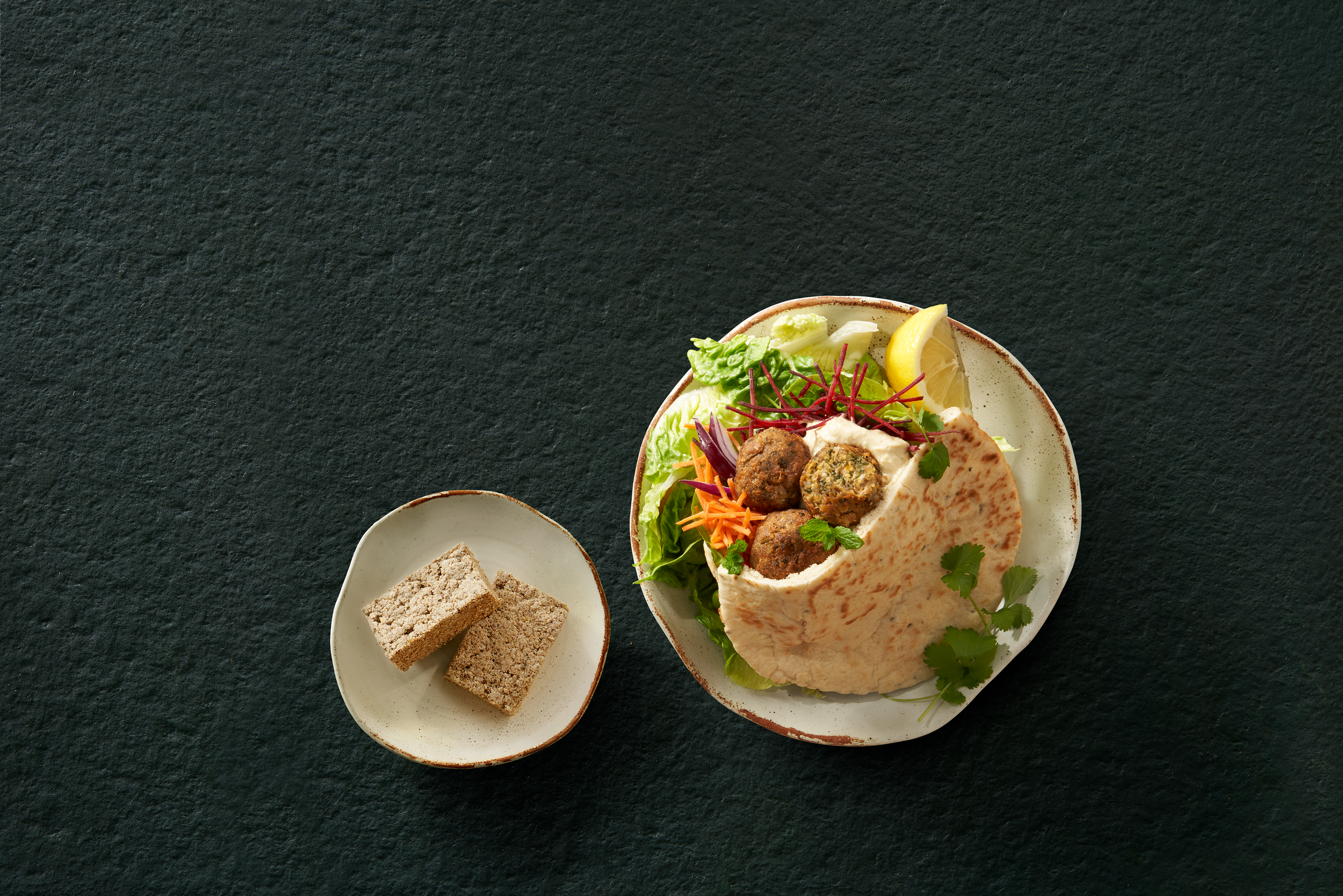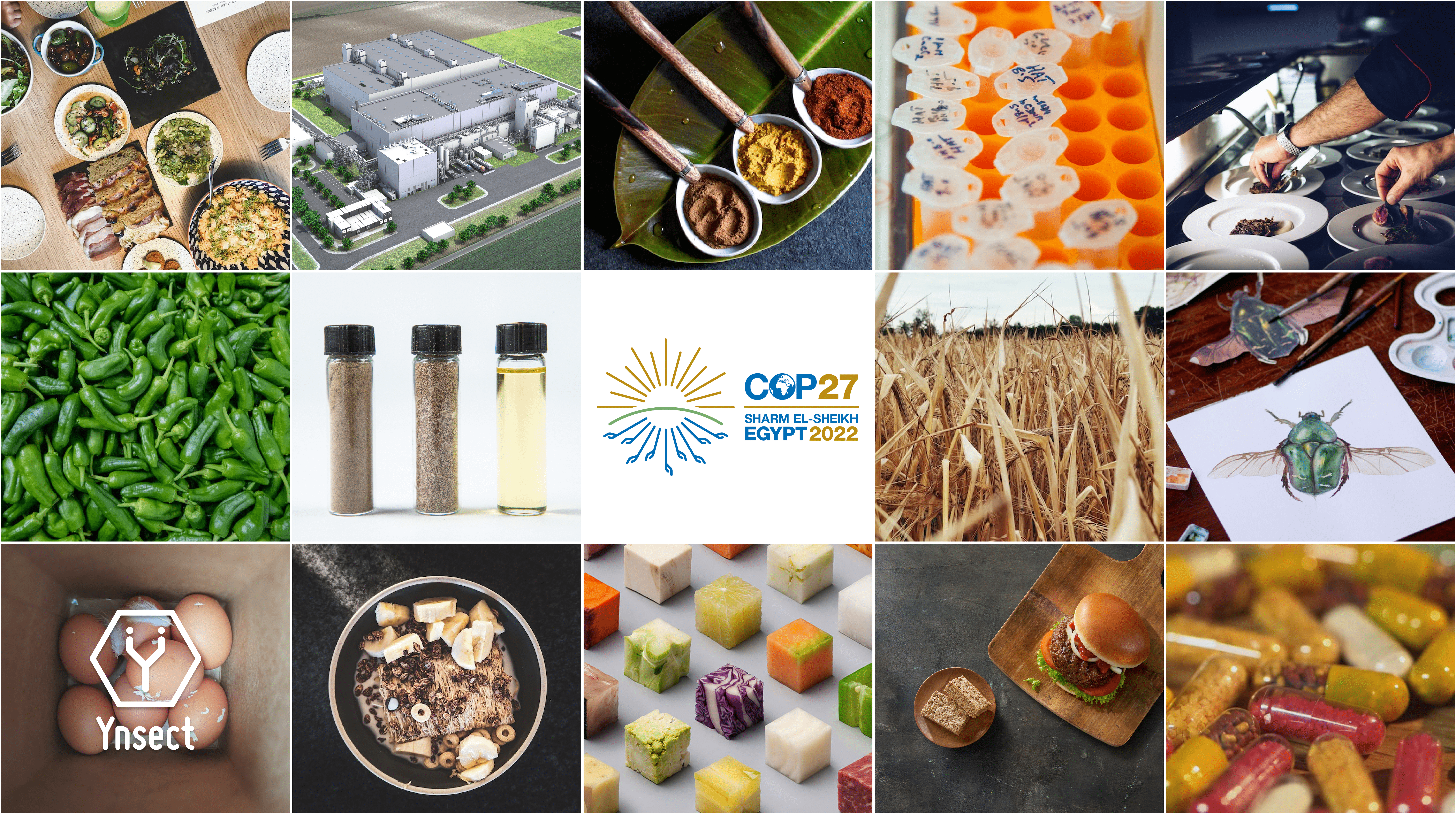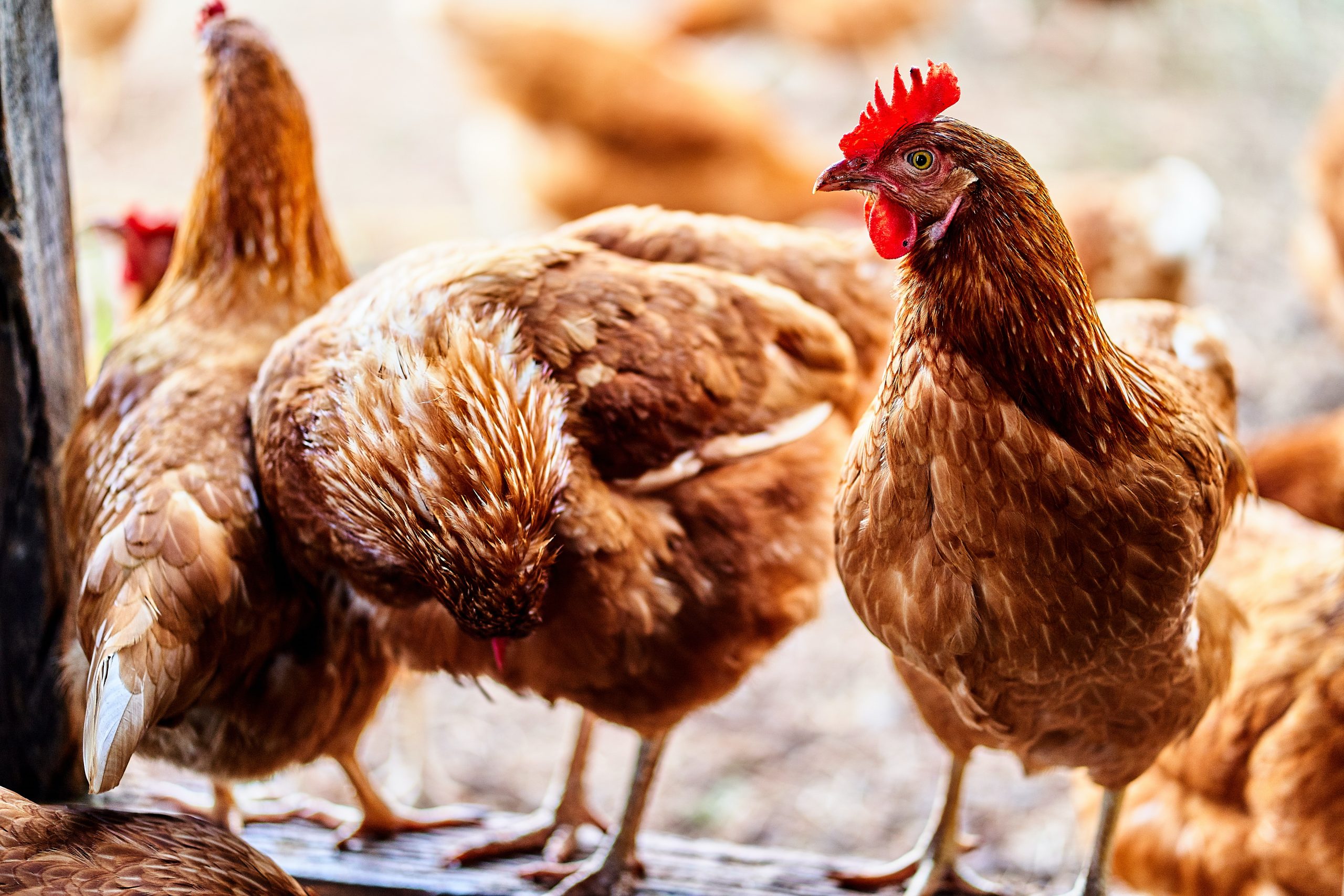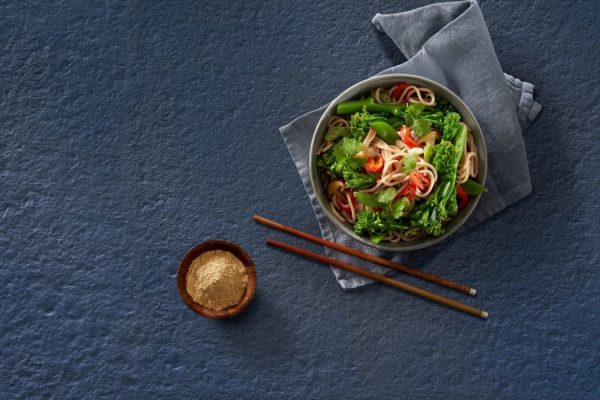Not only is there good reason for humans to consume insects, as of January 2023, Europeans now have the EU’s legal go-ahead. Meeting our nutritional needs, containing high-quality protein, vitamins and essential amino acids, they are also considerably more environmentally-friendly than sources of traditional animal protein, in terms of land use, water use and greenhouse gas production [1]. As such, the United Nations has pointed to the important role that insect consumption could play in addressing the global shortage of food, as the world population lurches towards an estimated 9 billion in 2050 [2]. In response, a growing number of companies are producing insect-based products suitable for even the least adventurous palates.
Cultural acceptance of entomophagy
Already, approximately two billion people worldwide consume insects as part of their diet [3]. In fact, in many parts of the world, particularly the Asia-Pacific and Latin America, consumption of insects has been a normal part of daily cuisine for thousands of years. Street vendors in Thailand sell deep-fried worms, crickets and water bugs [4]; important guests in China are served ants, termites and wasps [5]; in Mexico, live stink bugs are occasionally sprinkled on tacos and washed down with tequila and lime [6].
However, in the western world, we don’t have the same cultural history with entomophagy, and hence there is — understandably — a certain level of “food neophobia” associated with the idea of eating insects [7]. Nevertheless, studies have shown that up to 80% of people would like to see more insect ingredients integrated intofood products, while two-thirds of European consumers are willing to modify their eating habits to benefit the environment — particularly among the younger generation [8]. So there is a great incentive to develop insect-based food products such as flours and oils, in which the insects are seamlessly incorporated into already-familiar foods. If such foods are indistinguishable in taste, smell or appearance from an equivalent that uses animal or plant protein, then it should pave the way, mentally, to a greater acceptance of insect-based products in general, “accelerating their adoption” as a novel food source [9].
Insect-based powders as a flour alternative
For example, insect-based flours can be used in baking products, as either a complete or partial replacement for conventional flours. In one Mexican study [10], a flour made from ground mealworm larvae was combined in a 1:14 ratio with maize flour and incorporated into tortillas, which were presented to a panel of trained judges who assessed the flavour and texture. The resulting tortillas were positively received, if not completely indistinguishable from controls — the colour was a little darker, and differences in flavour were noticeable, but actually considered to be tastier. Texturally, the dough was found to be better for rolling tacos, and felt better in the mouth. And nutritionally, the tortillas were superior, with 2% more protein, 1% more fat, and a considerable increase in essential amino acids, particularly phenylalanine and tyrosine.
Granted, Mexico is also a country that has embraced entomophagy for centuries — so perhaps the local palate is already more inclined to respond well to notes of mealworm. A tougher test for the western palate, surely, would be a sponge cake — a European dessert staple for over 400 years. Typically, sponge cake is made from wheat flour, eggs, milk protein, sugar and fat. The milk is important in techno-functional respects: the casein binds fat and water, and the lactose promotes browning. Egg proteins, for their part, foam when whipped, contributing the lightness, volume and smooth texture on which sponge cakes are so often judged; add their yellow colour also contributes to the appearance. So reducing the dairy and egg proteins from the recipe would be to risk compromising the texture, flavour and colour of the cake. Nevertheless, a recent study [11] took that risk, replacing 15% of a standard sponge cake batter with a mixture of three alternative proteins: pea, hemp and insect. Again, a blind panel of trained judges assessed cakes by scoring numerous parameters, including odour, colour, elasticity, crumbliness, chewiness, and sweetness. They found that incorporating the alternative proteins in the ratio 1:1:2, pea:hemp:insect, produced a sponge cake that was not significantly distinguishable from the standard recipe; and in fact, that the inclusion of the insect protein was associated with increased volume and sweetness.
Insect oils as an alternative fat ingredient
Another insect-based product that can be incorporated in foods with relative invisibility is insect oils. These can be used both as an ingredient, for example in hummus or crackers, and as a deep-frying agent for products such as potato chips. In these applications, an important step is to first “deodorize” the oil by steam distilliation — this step removes volatile compounds associated with potentially unpleasant flavours, yielding a pale, odorless oil, and is already common practice for vegetable oils. When a group of young university students was given a taste test of five different hummus recipes [12], differing only in the blend of oil used, they noted an “off” flavour in hummus containing crude (undeodorized) mealworm oil, but reported no significant differences in their appreciation of the flavour of hummus made with vegetable oil or deodorized mealworm oil. In similar tests with crackers, the cracker of choice was made with a 50:50 mixture of vegetable oil and deodorized mealworm oil — these crackers were considered the tastiest, least dry, and “toastiest” — more so than crackers made with vegetable oil alone. Similar results were found when a blind panel was presented with potato chips fried in various oil mixtures [13]: the overall chip of choice had been fried in a blend of vegetable and deodorized mealworm oil. This chip was considered to be both the tastiest and crunchiest.
Embracing entomophagy for tasty, healthy, sustainable recipes
Clearly then, incorporating insect ingredients into food products does not compromise the texture or flavour of the product — indeed, insect ingredients can heighten our appreciation of the food. The hope is that this will be the gateway to a more widespread acceptance of insects within the western diet. Interestingly, in the study on potato chips, chips that had been fried in crude mealworm oil — and hence had retained more of the innate mealworm flavour — provoked a surprisingly polarised reaction: although they were not the favourite for the group as a whole, they in fact scored highly on a liking scale for many individual participants. This is a good reminder that our appreciation of unusual flavours is not “one-size-fits-all”: there will always be consumers who enjoy flavours that others find intense or unusual. This suggests that the quest to keep insect products “invisible” may not be necessary for long; perhaps, in a near future scenario, the crisp aisle in the supermarket will offer us a choice of “ready salted”, “salt and vinegar” and “mealworm”. That will be a significant step for the environmental future of the planet.
References
https://www.fao.org/edible-insects/en/ (For example, mealworm production emits between 10 and 100 times less greenhouse gases per kilogram than pigs: https://finance.yahoo.com/news/why-west-needs-wake-edible-081648920.html)
https://www.fao.org/3/i3264e/i3264e00.pdf
https://thaiest.com/thai-food/blog/thai-insect-food-eating-fried-insects-in-thailand
https://onlinelibrary.wiley.com/doi/pdf/10.1111/j.1748-5967.2009.00237.x
https://www.lonelyplanet.com/articles/the-10-tastiest-insects-and-bugs-in-mexico
https://www.beuc.eu/sites/default/files/publications/beuc-x-2020-042_consumers_and_the_transition_to_sustainable_food.pdf
https://www.sciencedirect.com/science/article/pii/S1878450X20300883#bib13
[Tzompa-Sosa 2021]
Aguilar
[1] [Talens]
[1] Tzompas 2021
[1] Tzompas 2022





